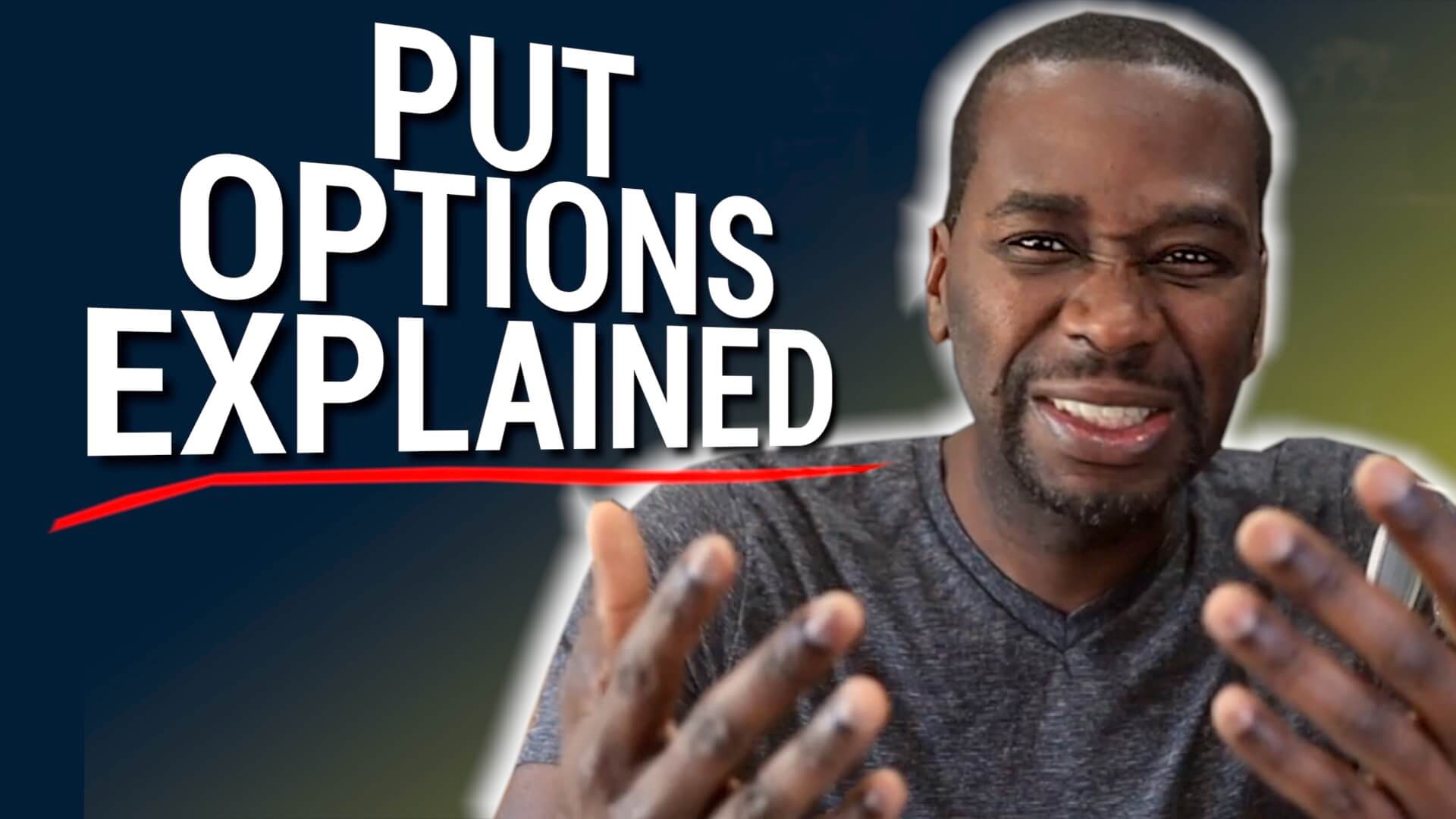In the ever-evolving landscape of financial markets, mastering the art of options trading can empower you with versatile tools to navigate market fluctuations and potentially enhance your investment returns. Among the diverse array of options strategies, put options stand out as a valuable tool for hedging risks and profiting from bearish market sentiments. In this comprehensive guide, we will delve into the intriguing world of put options, equipping you with the knowledge and confidence to use them effectively in your trading endeavors.

Image: thebrownreport.com
Understanding Put Options: A Cornerstone of Option Strategies
At their core, put options represent a contract granting you the right, but not the obligation, to sell a specific underlying asset at a pre-determined price (known as the strike price) before its expiration date. By purchasing a put option, you essentially secure the option to sell the underlying asset if its market value declines below the strike price, thereby protecting your portfolio from potential losses.
In practice, put options offer a powerful risk management tool for investors who anticipate a downward trend in the underlying asset’s price. By hedging your positions with put options, you can effectively limit your downside risk while maintaining the potential for profit if the market moves in the expected direction.
Key Concepts and Considerations When Trading Put Options
Navigating the world of put options requires a thorough understanding of its fundamental concepts and trading considerations.
Strike Price: As mentioned earlier, the strike price represents the predetermined price at which you can sell the underlying asset if you choose to exercise your put option.
Expiration Date: Every put option has an expiration date. After this date, the option expires, and you lose the right to exercise it. The time value of a put option decreases as it approaches its expiration date.
Premium: The premium refers to the price you pay to purchase a put option contract. The premium comprises an intrinsic value (representing the difference between the strike price and the underlying asset’s current market value) and a time value (reflecting the remaining time until expiration).
Factors Influencing Put Option Prices: The pricing of put options is influenced by several factors, including the underlying asset’s price, the time to expiration, interest rates, and market volatility.
Expert Insights and Actionable Strategies for Success
To enhance your put options trading strategies, incorporating expert insights and implementing proven techniques can yield significant benefits:
Identify Underlying Asset Trends: Carefully assess the historical price movements and future prospects of the underlying asset to anticipate potential price declines.
Time Your Trades Strategically: Determine the optimal time to buy or sell put options based on your market analysis and the time remaining until expiration.
Manage Risk Prudently: Determine the appropriate number of put options to purchase based on your risk tolerance and financial objectives.
Monitor Market Conditions Consistently: Stay informed about market news, economic indicators, and geopolitical events that could impact the underlying asset’s price.
:max_bytes(150000):strip_icc()/OPTIONSBASICSFINALJPEGII-e1c3eb185fe84e29b9788d916beddb47.jpg)
Image: www.investopedia.com
How To Use Put Options In Trading

Image: www.myfinopedia.com
Conclusion: Empowering Traders with Put Options
By mastering the art of put options trading, you gain a powerful tool to navigate market fluctuations with greater confidence. Whether you seek to hedge risks, capitalize on bearish market sentiments, or enhance your trading strategies, put options offer a versatile and potentially lucrative instrument. Remember to approach trading with a thorough understanding of the concepts, strategies, and expert insights presented in this guide. As you embrace this newfound knowledge and apply it with prudence, you will be well-equipped to unlock the potential of put options and achieve your financial goals






